

There are numerous components that go into creating an effective and successful logo design. Typography is generally regarded as one of the most crucial components of the logo design process. We will discuss the fundamentals of typography, the various types of typefaces, and how to apply them successfully in logo design in this guide on Typography Best Practices.
Typography is the practise of placing type in a way that makes it legible, readable, and visually beautiful when it is displayed. Typography is an important element in logo design that can communicate a brand's message, values and personality. Clear, readable and distinctive typography is a must for a well-designed logo.
Serif, sans-serif, script, display, and monospace are the five main categories of fonts. Every font style has distinctive qualities of its own, and the appropriateness of their application may differ when trying to achieve different design goals. Below is a quick description of each font type:
There are a few best practises to keep in mind when incorporating typography into logo design:
Your brand's identity and core beliefs should be reflected in the font you choose. A software startup might choose a sans-serif font to communicate modernism and innovation, whereas a law practise might use a serif font to communicate tradition, stability and professionalism.
Even at small sizes, your typography should be simple to read and comprehend. Avoid selecting difficult-to-read fonts that are extremely intricate or ornate.
To achieve a balanced and harmonious design, be sure to change the spacing and kerning of your typeface as necessary.
Typography can be combined with other design components, such as icons or visuals, to produce a logo design that is more comprehensive and successful.
You may use what you now know about the significance of typography in logo design to produce a polished and successful logo. You can instantly create and customize logos for your business, company or brand using Logobean, our online Logo Maker. Logobean is free-to-use and allows you to specify different logo aspects, such as icons, fonts, logo color palettes, layout, alignment, and more, that either apply to all generated logos or a specific logo that you're editing. Our Logo Maker will assist you in creating a logo perfect for your brand and audience in minutes.
Keep your typeface simple, legible, and balanced so that it can reflect the personality and message of your business. You should choose the best type of font for your brand by being aware of the various types, including serif, sans-serif, script, display, and monospace. By adhereing to the Typography best practises when designing your logo, you'll be able to stand out from the crowd, resonate with your target audience and grow with pride!
Add your business name to instantly generate an endless selection of logos and brands.


Filter logo styles to refine your generated logos and click any logo to view it in the live previews or logo style guide.
Edit any logo to perfection using our user friendly logo editor.


Once you've found the perfect logo, download a logo package and use your designs instantly!